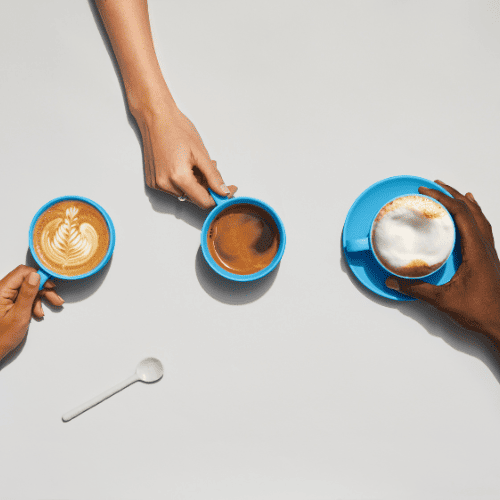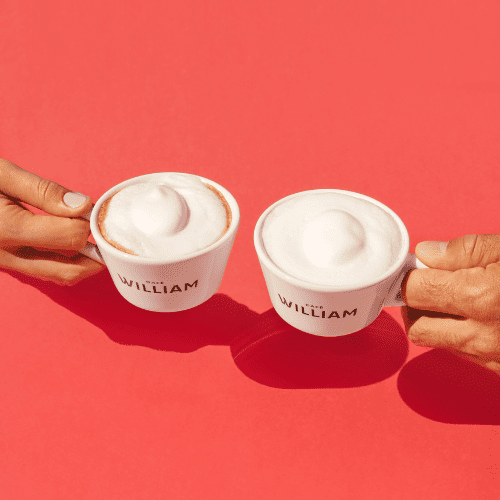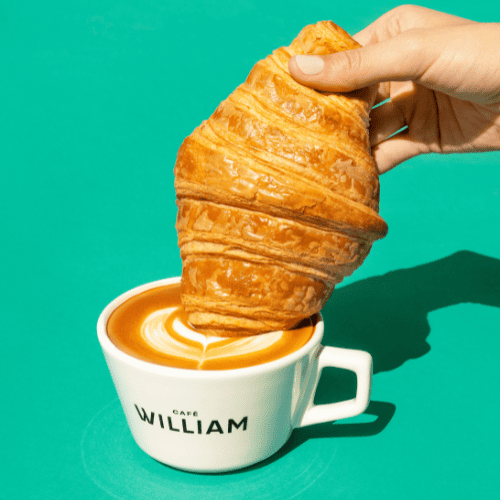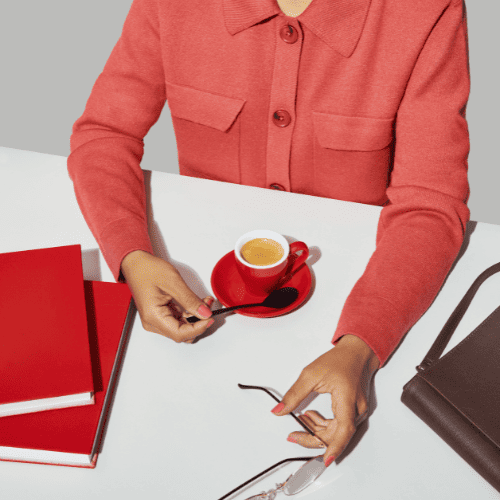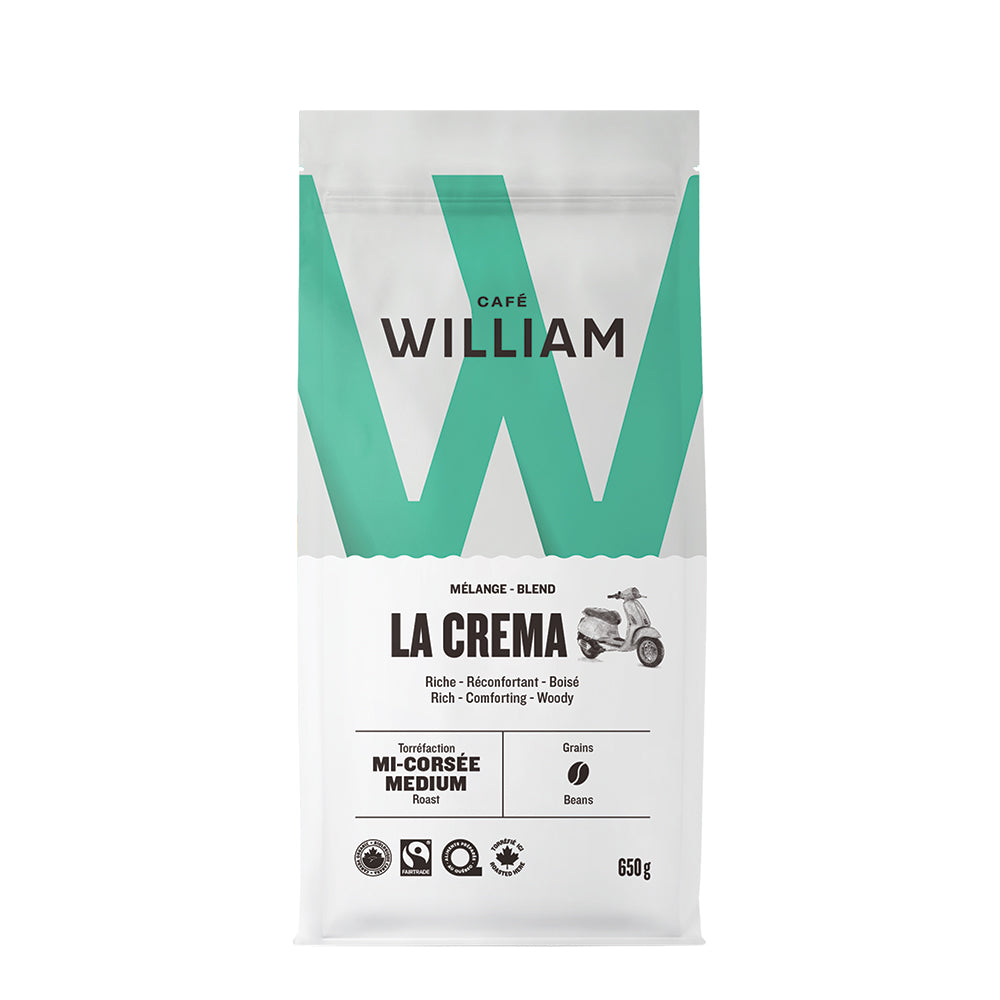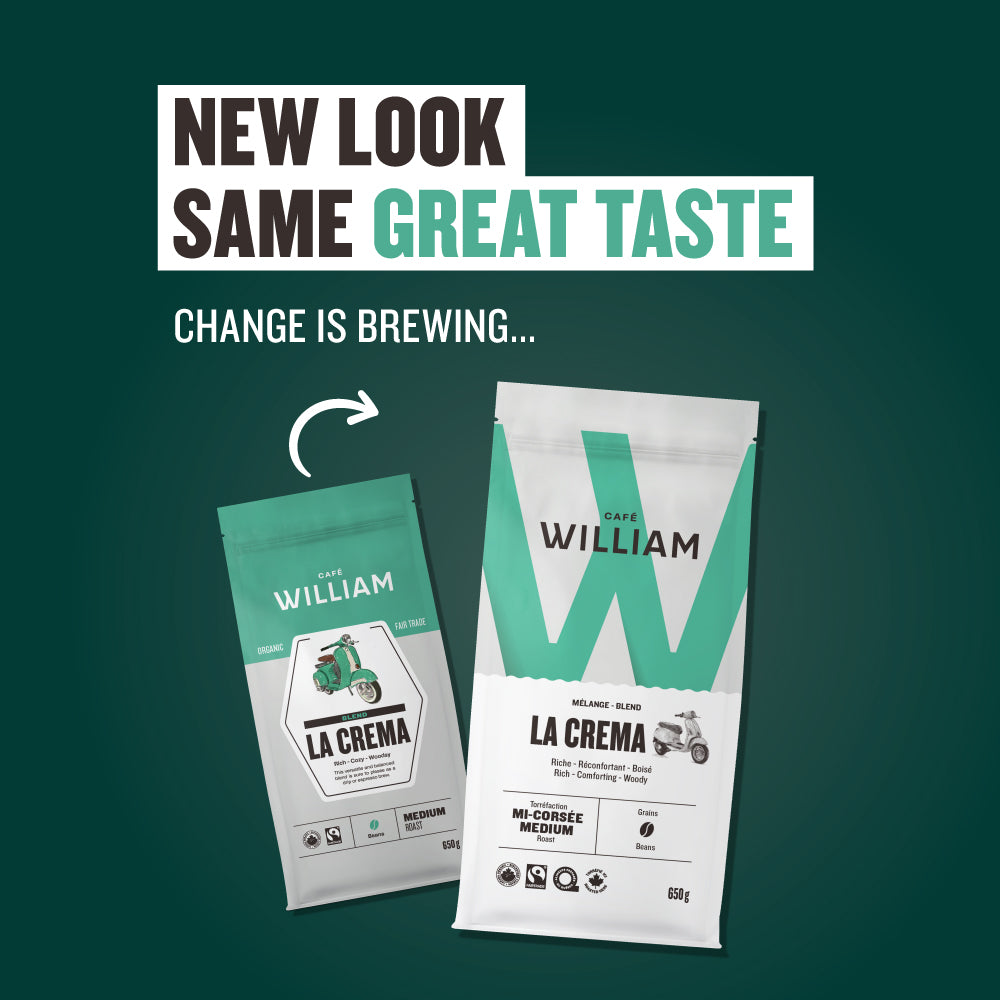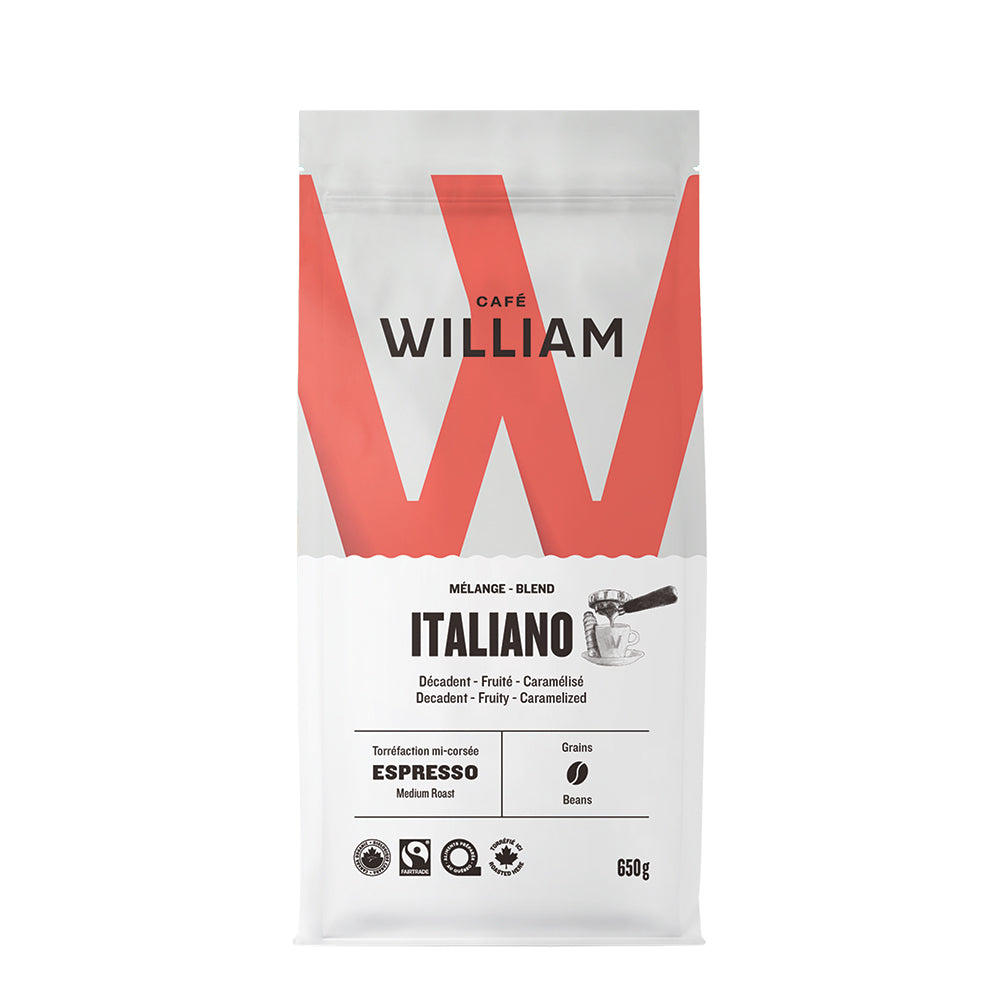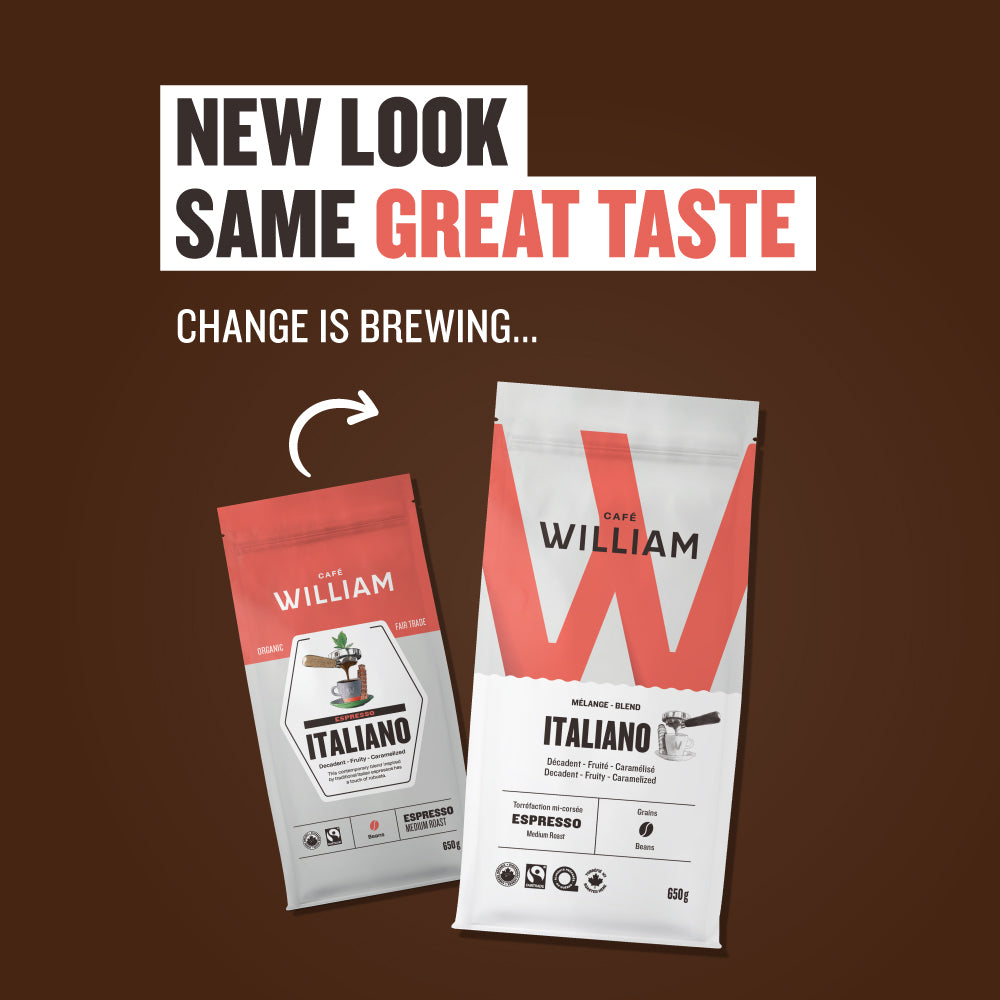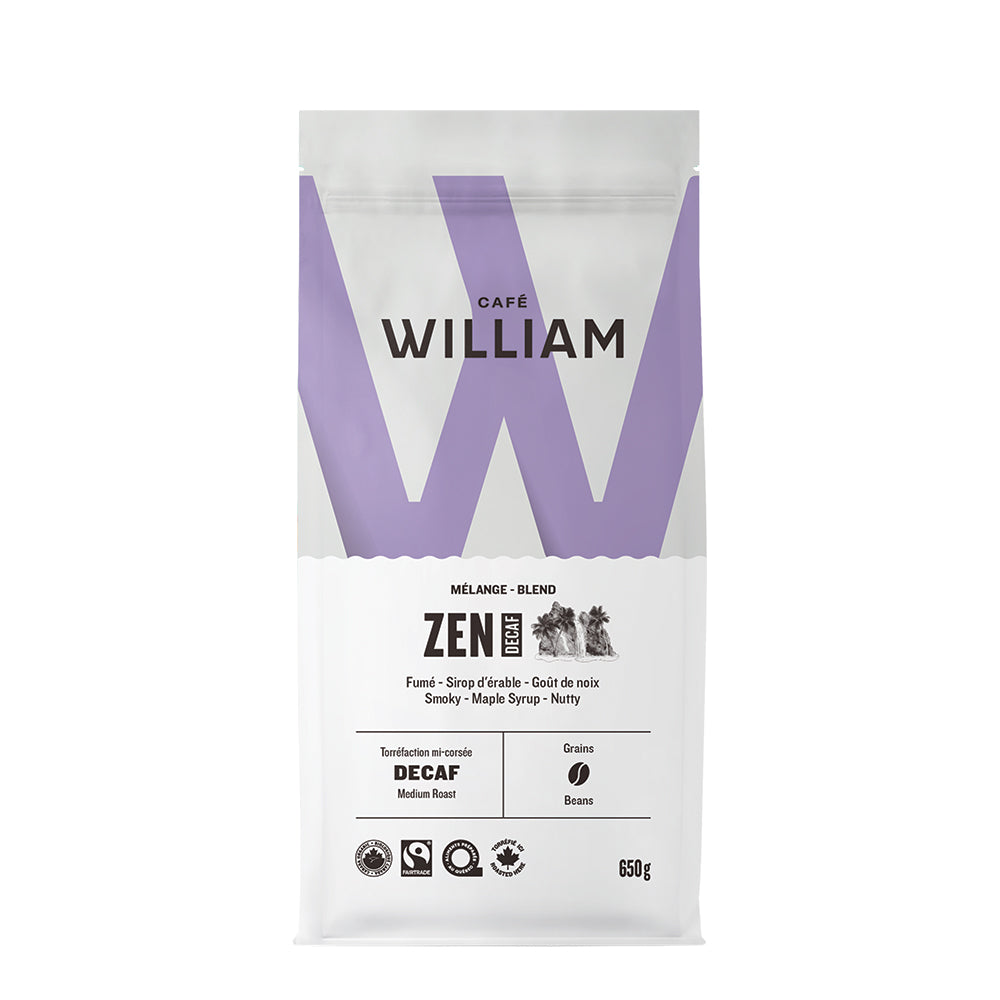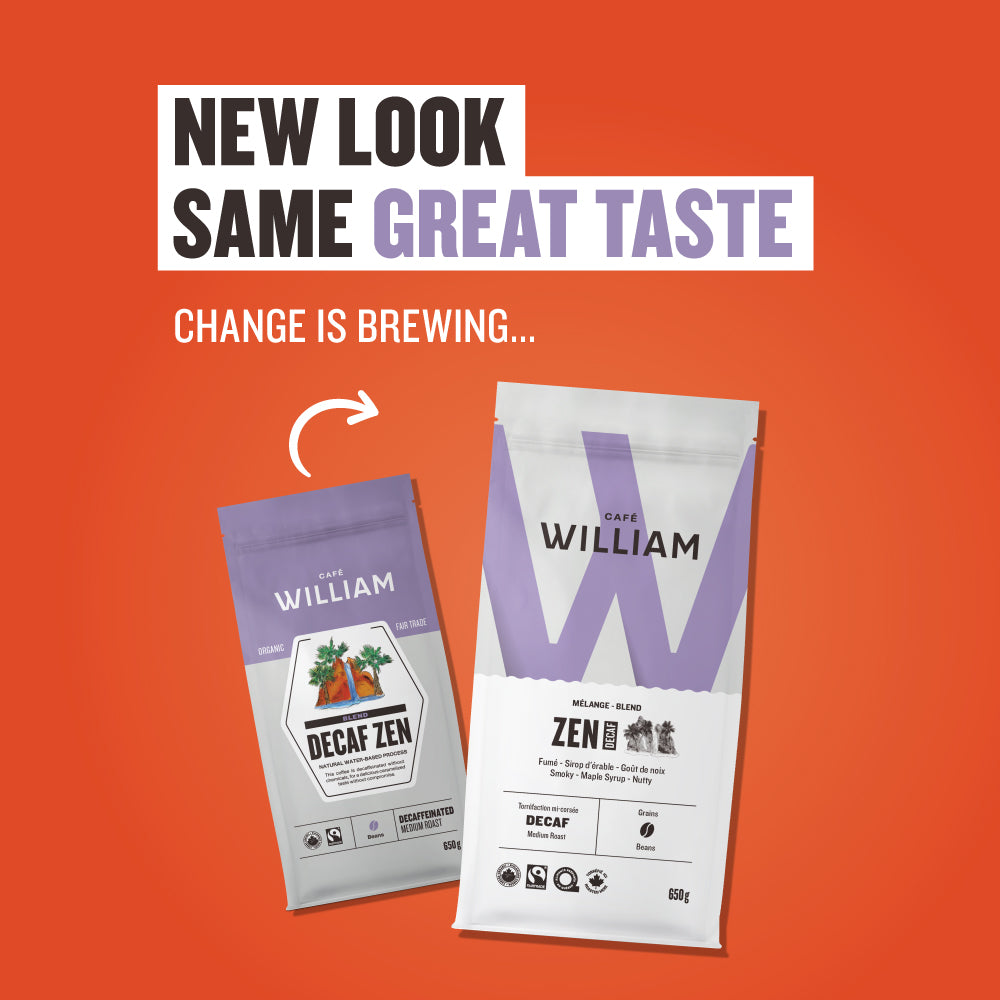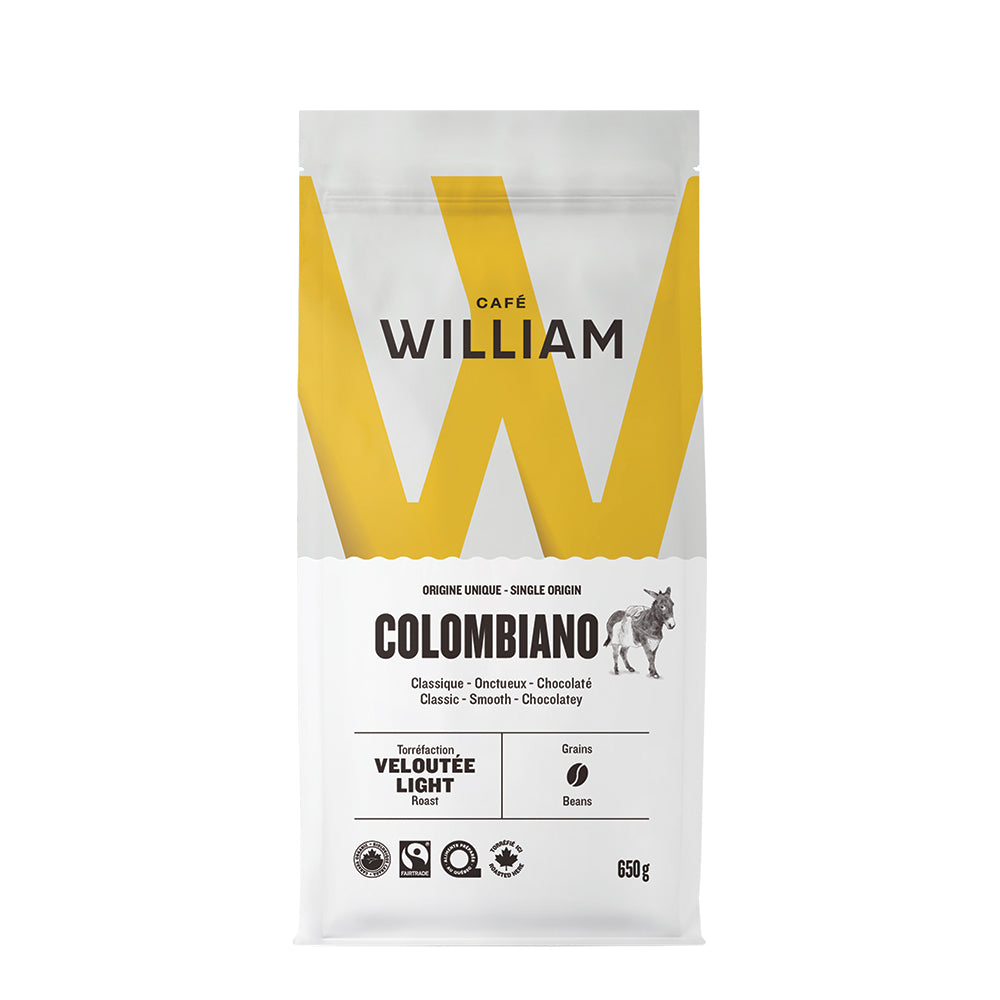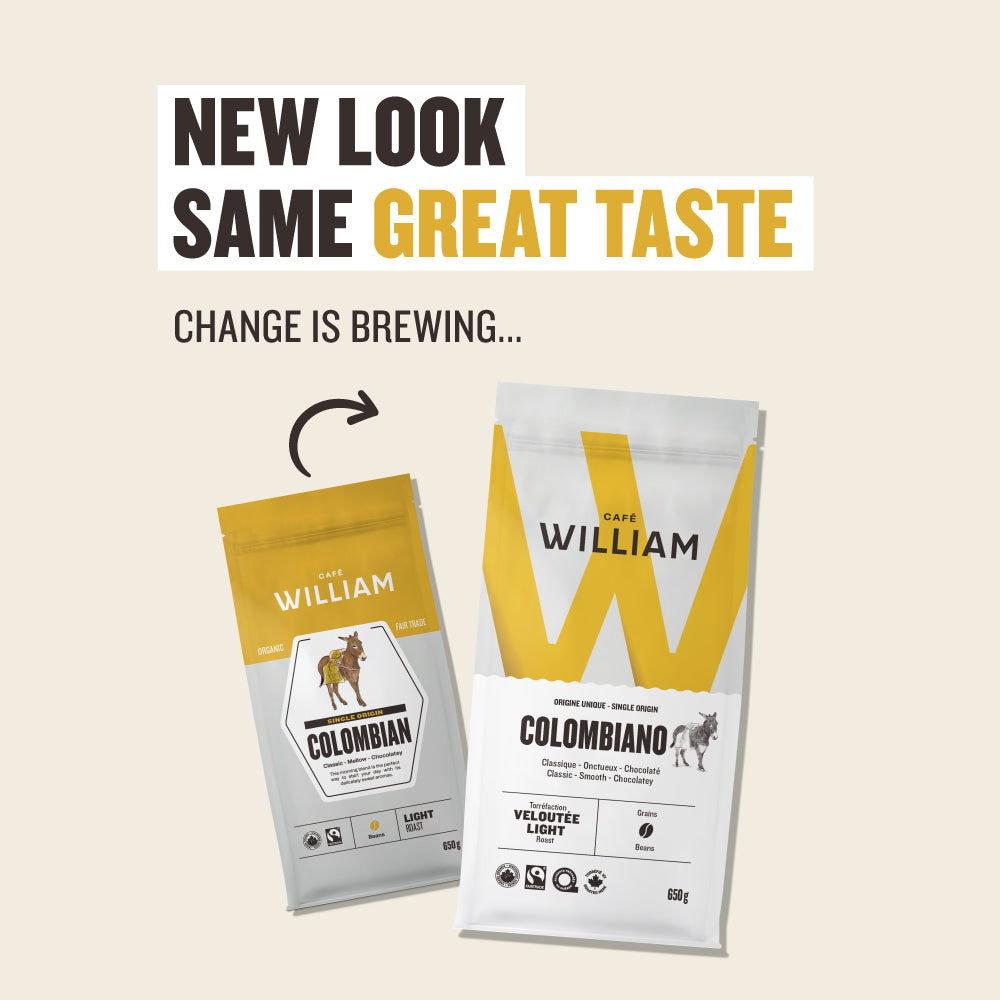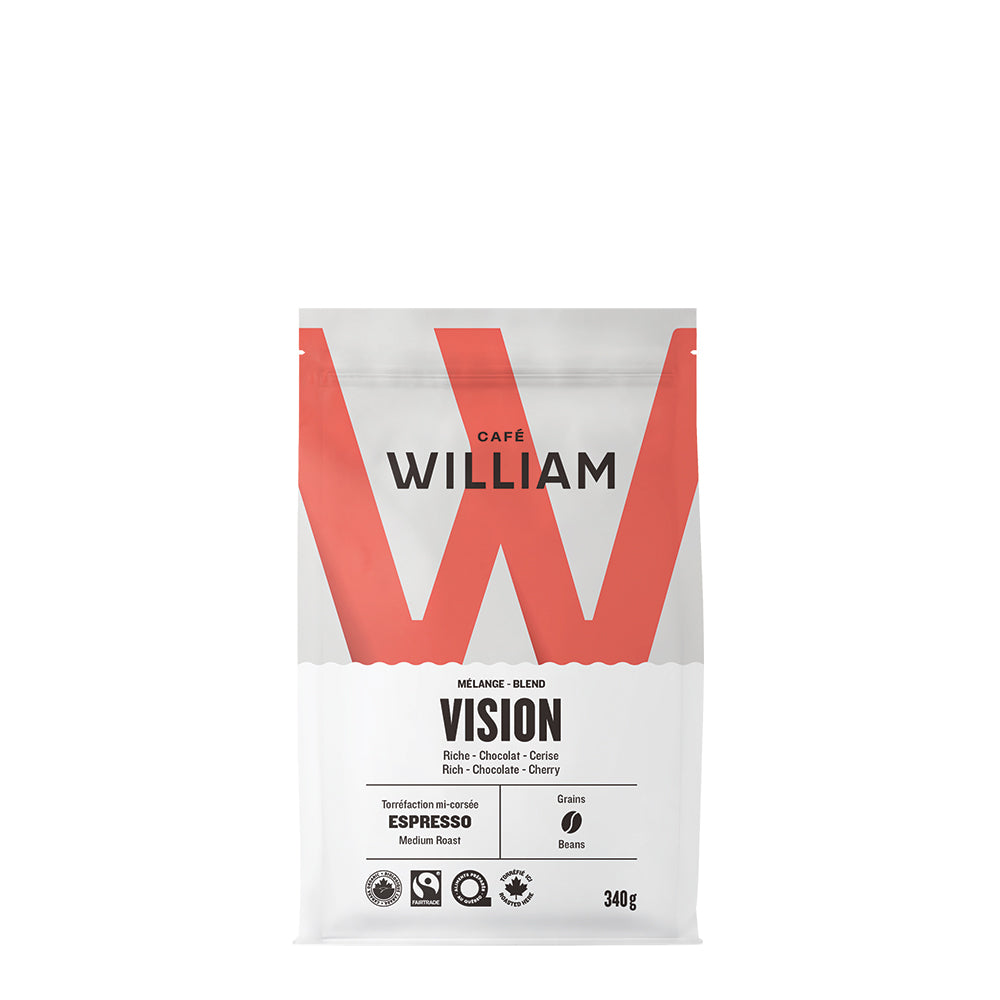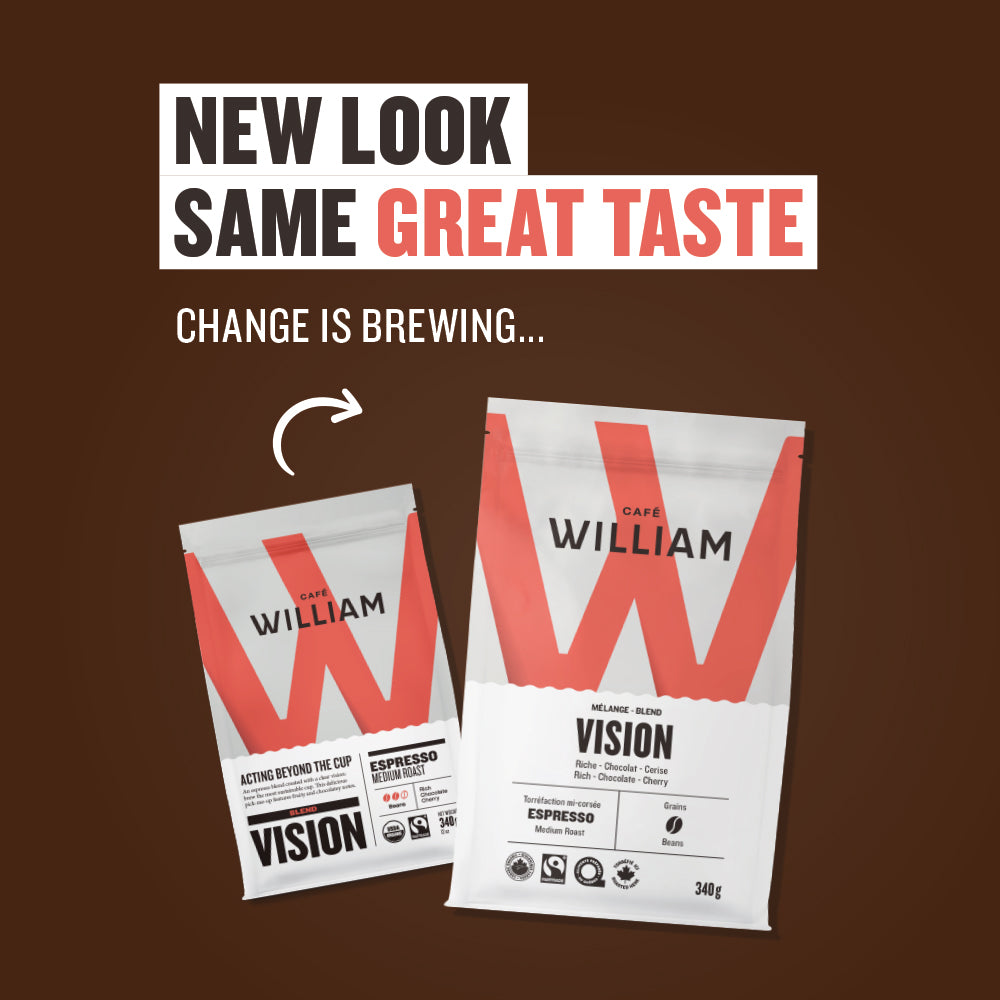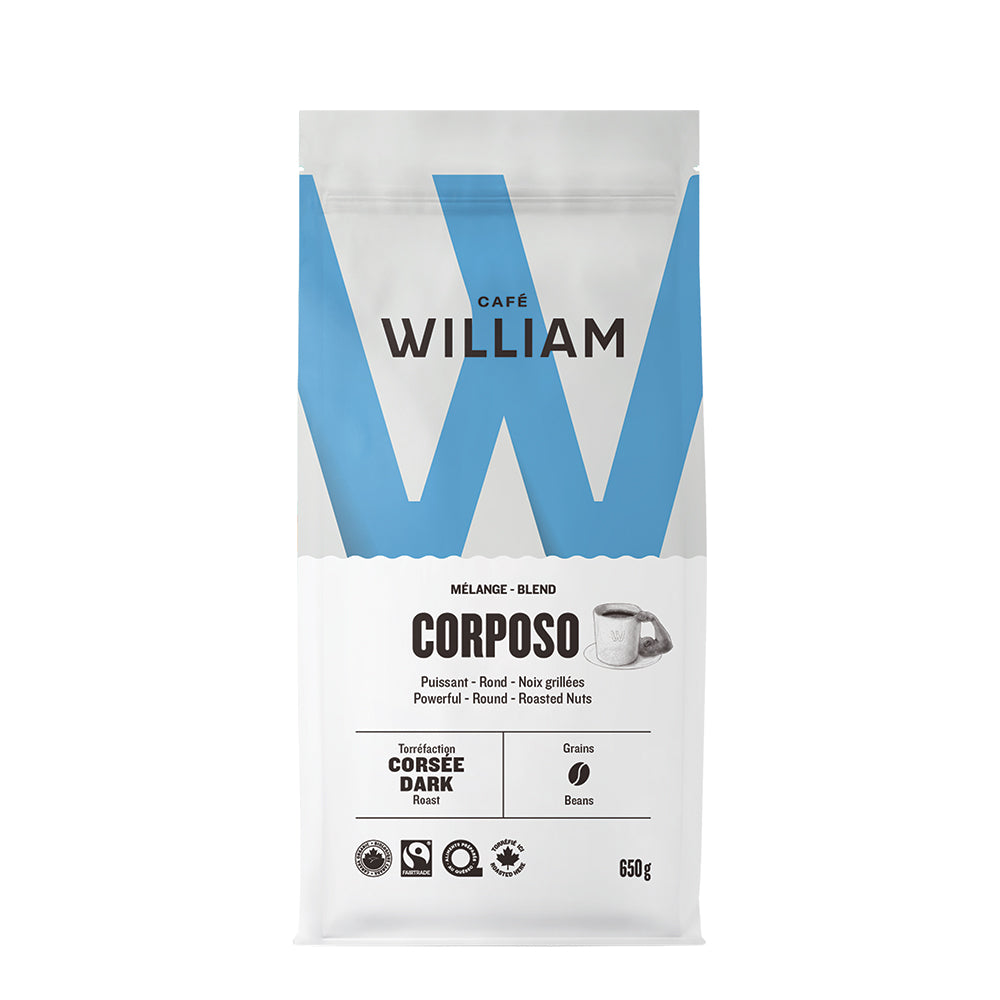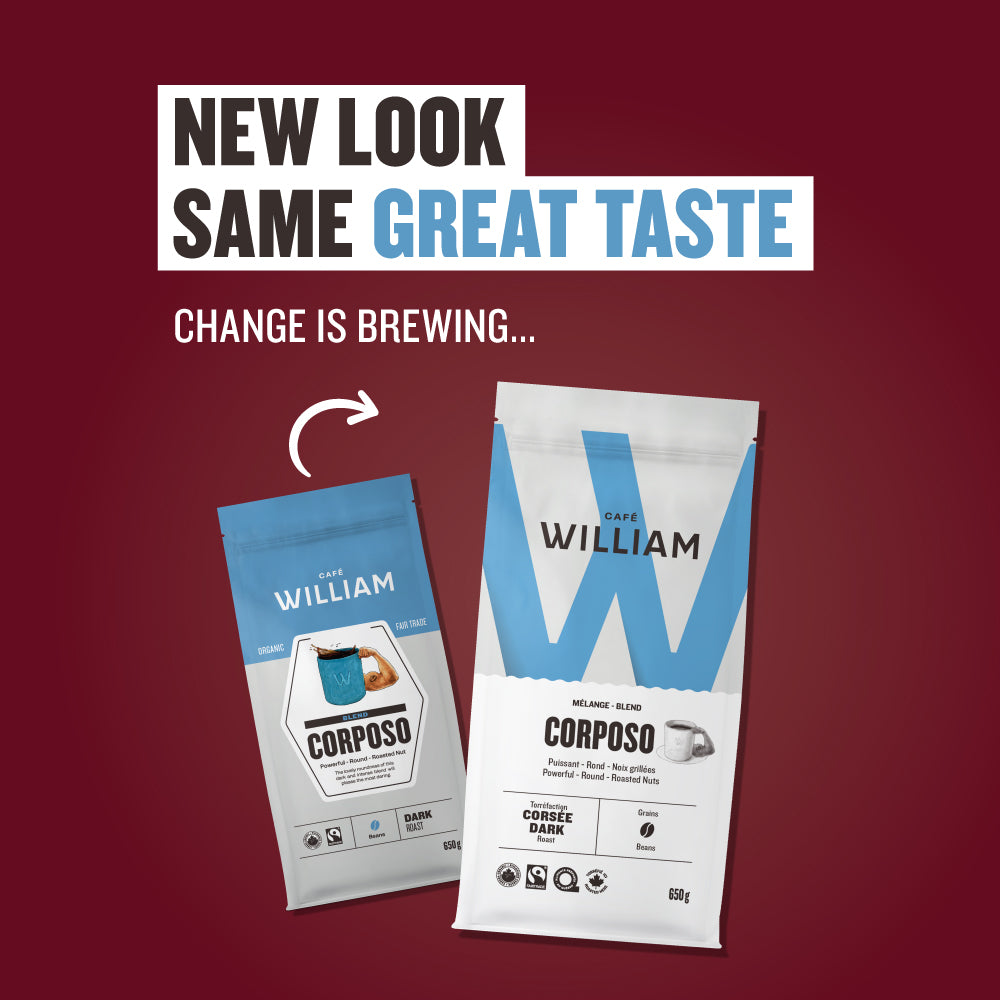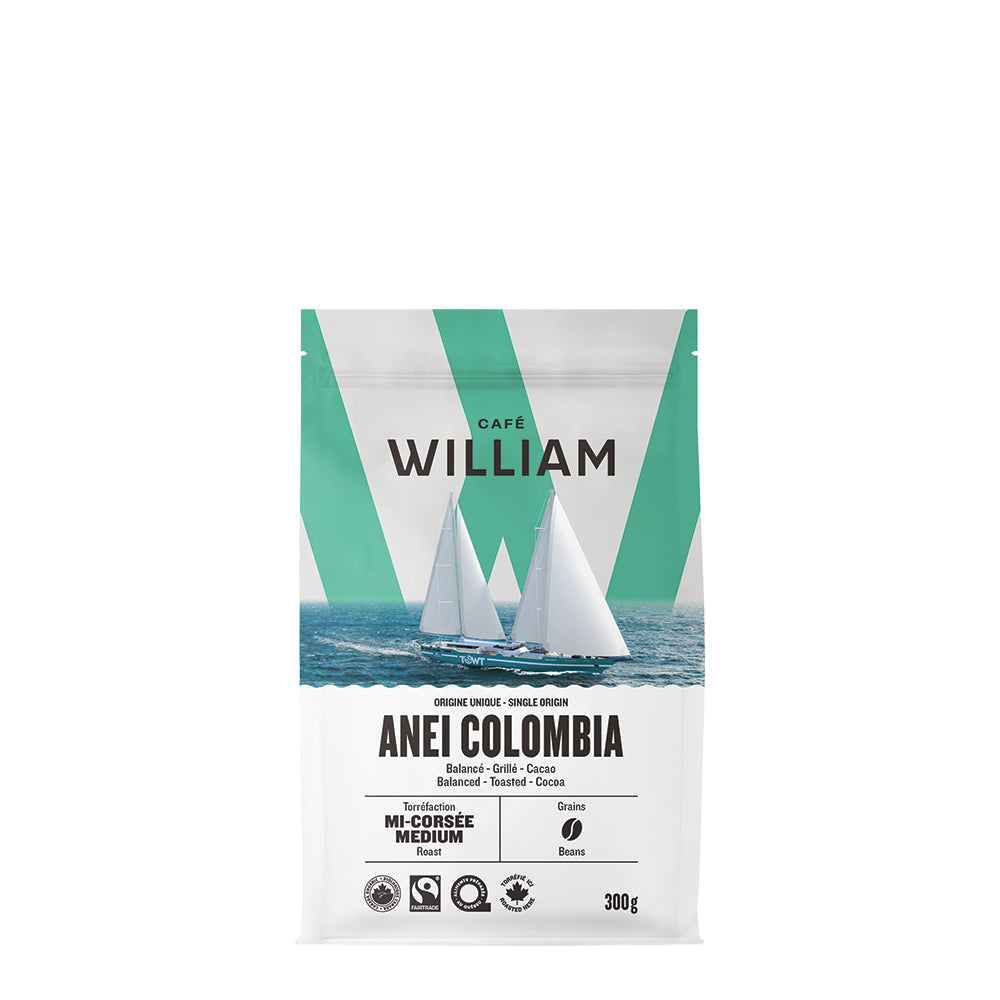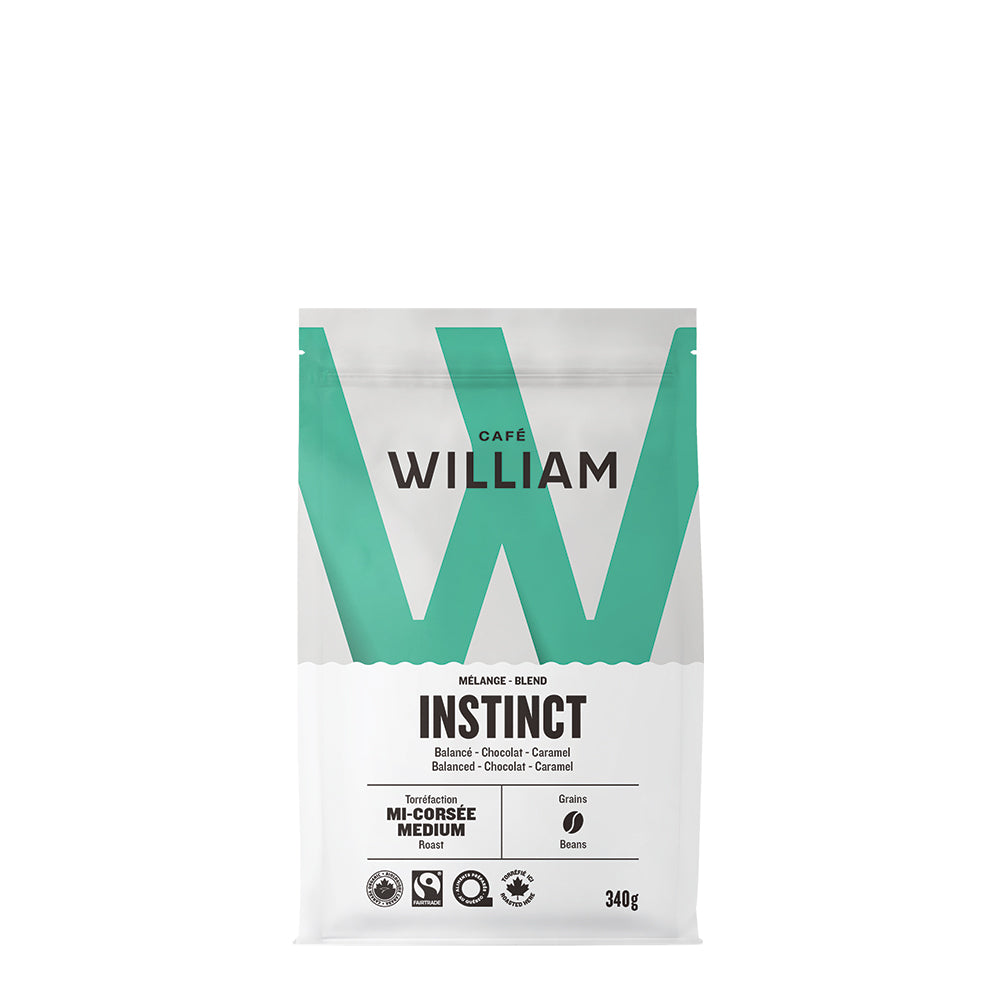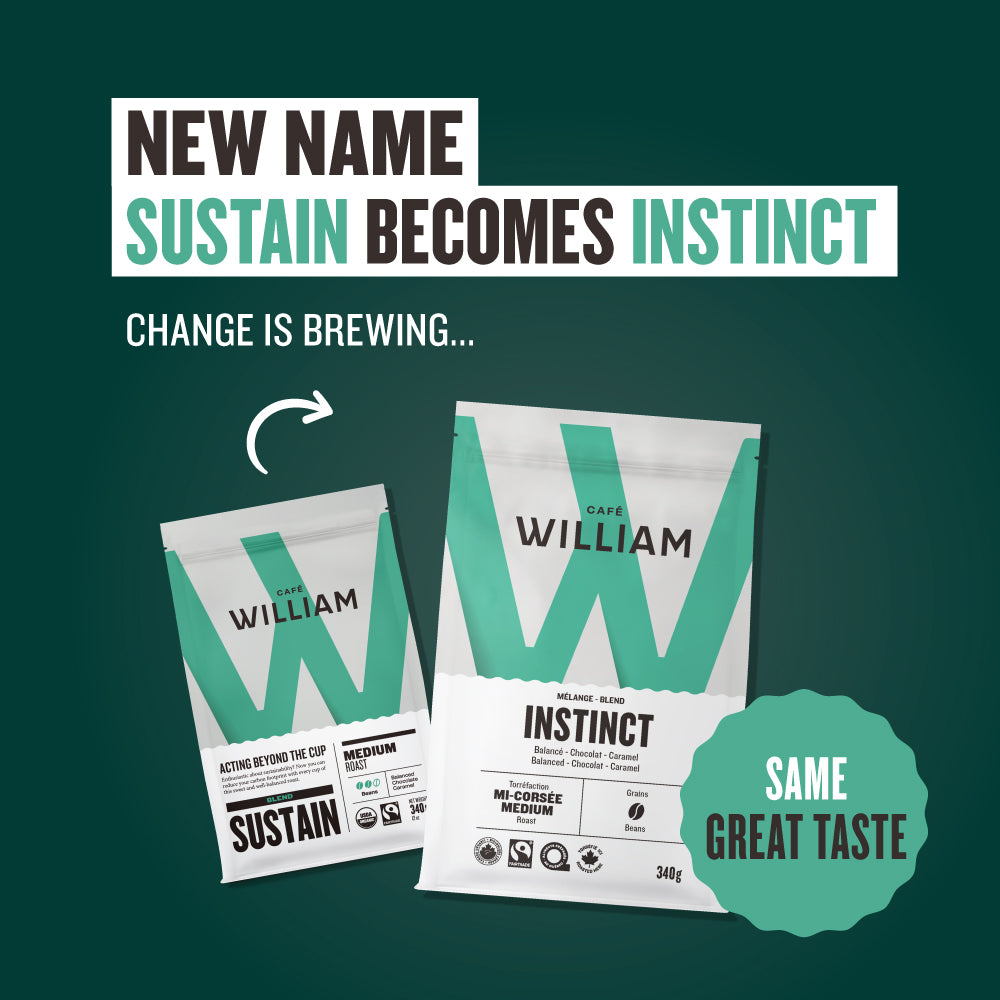
After the harvest and meticulous preparation of the coffee beans comes the crucial roasting stage. This is what will make your morning cup a delicate treat... or a real punch to start the day!
It all starts with green coffee beans, with a strong vegetal smell and a very sour taste. The cooking of these beans, which is called roasting, allows the flavors to unveil. The choice of cooking time and heat largely determine the level of acidity, bitterness and final sweetness of the coffee. All of these roasting steps are important to follow in order to obtain quality coffee at the end of the process!
Drying
Green beans contain a small percentage of water (7-11%) which must be removed before actual roasting. A grain containing water does not turn brown! During the first few minutes of heating in the roasting cylinder (to around 200 ° C), water evaporates from the beans. The coffee bean then turns from green to yellow and exudes scents of bread and basmati rice.
The first "crack"
The first "crack" is heard after ten minutes. This is when the bean literally cracks under the force of the steam and almost doubles in size. The subtle aromas of the different origins are revealed at this point, allowing the unique and intoxicating smell of the coffee!
The roasting phase
This step determines the final color of the bean. Here the roaster can adjust the cooking time to develop the final acidity or bitterness of the coffee. The less a coffee is cooked, the more acidic it will be. The more a coffee is cooked, the more it will be bitter and lose its acidity. A reaction with sugars and compounds allows the aromas to become more complex: this is the Maillard reaction.
The second "crack"
Around the 16th minute, the second “crack” can be heard. The previously present acidity almost completely disappears and gives way to more bitterness. The grain loses its aromas and initial characteristics.
Although many people prefer this type of darker roast, it is rather difficult to really taste the full complexity of the original flavors after this step. If you continue to cook it, the coffee will turn charcoal and give way to an earthy taste.
The longer the roast, the darker the bean and the stronger the coffee. At this stage of roasting, there will also be more surface oil that will oxidize quickly. For this reason, we do not usually recommend strong coffees for an automatic espresso machine. Want to make an informed choice for your espresso machine? Take a look at our blog post right here : The different types of espresso.
The intensity scale
Coffee beans can be grouped according to their color: this refers to the degree of roasting. A brown, or light roast coffee is a bit more acidic and has rather sweet fruit and citrus aromas. A medium-roast, slightly more roasted coffee, has harmonious notes of nuts and dried fruit: it is the perfect balance between acidity and bitterness. The darker the color, the more bitter the coffee will be. When the coffee turns black and bold, the taste profile becomes more intense. You will be able to detect aromas reminiscent of caramelization and dark chocolate.
The roasting preference for coffee is a very personal choice. Find your comfort zone… or get out of it! A word of advice: if you want to try a new coffee, enjoy it in the afternoon rather than in the morning, your senses will be more awakened. Finding your favorite roast will make it easier for you to choose from your grocery store shelves. Then you can explore different origins within your favorite roast level and make some great discoveries!
Flavor profiles
As mentioned above, a coffee roasted for a longer time will undoubtedly taste bolder. At Café William, we have brought together our different roasts in flavor profiles: light roast, medium roast, dark roast or espresso (perfect blends for your machine!). To find your flavor profile, go to this article : What is your flavor profile? Don't hesitate to step out of your comfort zone and make discoveries! Your palate will gradually tame the different nuances of the roasting levels.
Having even more components and aromas than wine (around 800), in addition to the different roasts and brewing styles possible, the world of coffee is truly to be discovered. Whether you take it with sugar, milk or as an espresso, coffee is all about taste. It's up to you to explore its many facets to wake up elsewhere ... in a wonderful way!
What about caffeine?
Unless it is decaffeinated, coffee will contain caffeine, of course. Did you know that the level of roasting will influence the level of caffeine in the bean? Indeed, the longer it is cooked, the less caffeine it will contain. So, contrary to what some may think, a strong coffee will not contain more caffeine than a lighter coffee. If you want coffee that will wake you up more in the morning, go for a light roast!
